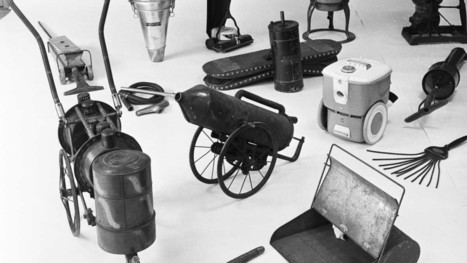Product returns are a costly problem for retailers. It has been estimated that U.S. customers return a hefty $264 billion worth of products annually—almost 9% of total sales. In online retailing, return rates are an even bigger problem. A 2013Wall Street Journal article indicated that as much as a third of internet purchases are returned, and studies have found that handling these returns can cost between $6 and $18 per item.
In online retailing, most products are returned because customers aren’t satisfied with what they get—but this isn’t necessarily due to product defects. Because customers can’t physically evaluate and test products before purchasing them, it’s harder for them to set the right expectations, and easier to be disappointed by a product. This is why retailers provide information—product descriptions, pictures, and videos—to help customers make more informed purchase decisions.
This is also why online customer reviews have become such an important source of product information. These are typically characterized by the average star rating (“valence”), the number of reviews (“volume”), and the variance in star ratings (“variance”). Since online reviews affect people’s likelihood to buysomething, we wanted to test whether reviews also influence their likelihood to return it....



 Your new post is loading...
Your new post is loading...








Overly sunny ratings can lead to more refunds according to this Harvard Business Review report. Balanced works best!